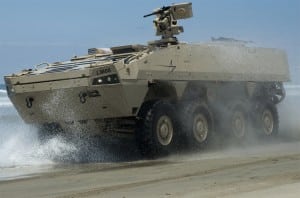
The off-the-shelf strategy to procure the Marines’ first increment of Amphibious Combat Vehicles (ACV) will save money compared to previous acquisition strategies, but the service will require at least a few modifications that could increase the time and cost of the program, the Pentagon’s acquisition chief told the House Armed Services Committee on Thursday. Frank Kendall, undersecretary of defense for acquisition, technology and logistics, said at an acquisition reform hearing that the Marine Corps is on the right path to…










